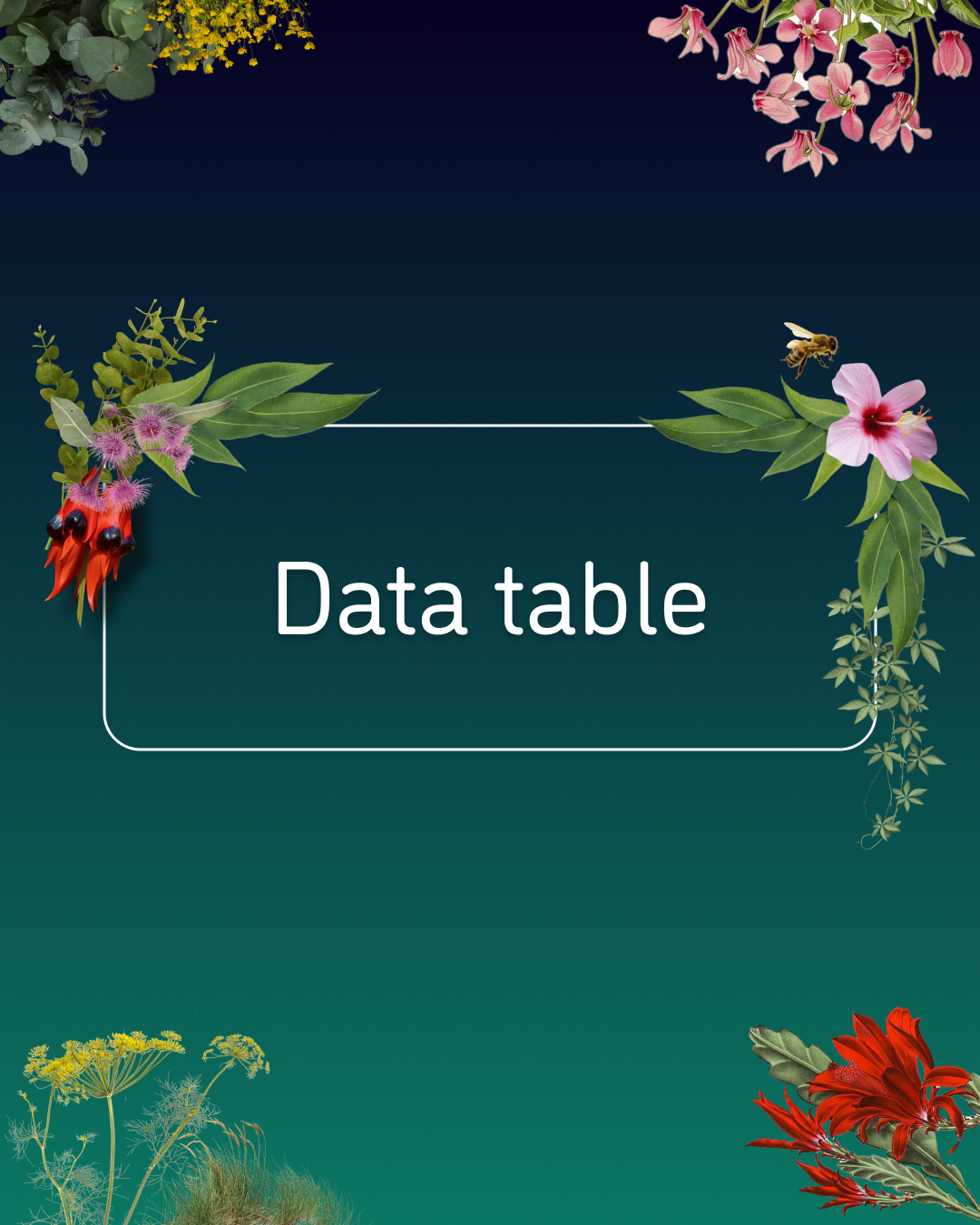Reducing our carbon footprint
In this lesson, students will investigate the measurement of CO2 as outputs per individual and household, in terms of kilograms of CO2 per annum. They will examine the carbon footprint of average Australians in comparison to the world average and to countries such as Bangladesh, as featured in a clip from 2040. Students will then engage in some mathematical problem solving by seeking to maximise their ‘household’ carbon savings given a set of constraints.
United States
Data Table , Fact sheet , Slides , Worksheet , Activity


Overview
In this lesson, students will investigate the measurement of CO2 as outputs per individual and household, in terms of kilograms of CO2 per annum. They will examine the carbon footprint of average Australians in comparison to the world average and to countries such as Bangladesh, as featured in a clip from 2040. Students will then engage in some mathematical problem solving by seeking to maximise their ‘household’ carbon savings given a set of constraints.
Teacher Involvement: High – Direct teacher instruction required in the warm-up and in Part B (explicit instruction), and scaffolding and guidance is needed to explain the activity for Part C (group work and problem-solving).
Learning objectives:
- Students will understand about densities and masses of substances – solids, liquids, and gases
- Students will learn how CO2 output by humans and their households can be measured in kilograms produced ‘per annum’
- Students will learn that human CO2 outputs can be reduced and then develop teamwork skills by calculating ‘household’ CO2 footprints using addition, subtraction, and multiplication of large numbers
- Students will develop teamwork skills as they calculate household CO2 footprints using addition, subtraction, and multiplication of large numbers
- Students will realise that they can make a difference to global carbon dioxide levels by acting locally and encouraging others to do the same
Credits and acknowledgements:
Cool.org prepared the 2040 Curriculum Guide. Together Films adapted these lessons for US educators and will do an annual review of these resources to ensure they are still in line with the US Curriculum.
US Educator Note: Australian educational standards have been adapted and aligned by discipline, and when possible, to US standards.
Cool Australia, GoodThing Productions and Regen Studios would like to acknowledge the generous contributions of Good Pitch Australia, Shark Island Institute, Documentary Australia Foundation, The Caledonia Foundation, Global Health Film and our philanthropic partners in the development of these teaching resources.
Watching the film
Watch the full film with your class by filling in this form. If you have any questions, please contact the Together Films team at [email protected]
The Schools Version of 2040 includes an educational licence and is for US elementary and secondary schools that wish to utilise the film as a learning tool or host on-site screenings for the school community.
Curriculum mapping
What you'll need
- Learning materials
- A device capable of presenting a video to the class.
- 1 plastic or glass 1 liter jug – with measurement markings.
- 1 liter of water in a separate container.
- 1 small packet of rigatoni or penne pasta shells (uncooked).
- 1 liter bag or container of small pebbles or stones or sand.
- Small measuring scales capable of being set to zero (e.g. nutrition scales).
- Whiteboard and markers.
Lesson materials
More from this unit

Stay informed and inspired
Sign up to receive the latest updates and inspiring stories in your inbox.
By subscribing you agree to with our Privacy Policy
Subscription error. Please try again!
Great! You're all signed up
Check your email to confirm your subscription and get ready to dive into the latest.
We acknowledge the Traditional Owners of the land on which we live, work and play. We support the Uluru Statement from the Heart and welcome the introduction of a First Nations Voice to Parliament. We recognise their deep spiritual and cultural connections to Country and their role in caring for and Basetaining Country. We acknowledge that this land, of which we are beneficiaries, was never ceded. We are especially grateful for the contributions of the many First Peoples involved in our projects and their generosity in sharing their culture and knowledge with us. We pay our respects to Elders past, present and future. Aboriginal and Torres Strait Islander peoples should be aware that this website may contain images, voices or names of deceased persons in photographs, film, audio recordings or text.
Thank you to our Philanthropic Partners:




APS Bloom Funding Circle
Prior Family Foundation
Nick & Sandra Fairfax
Lisa Barlow








-
© 2024 Regenerators. All rights reserved. Platform by Speckle Digital.








